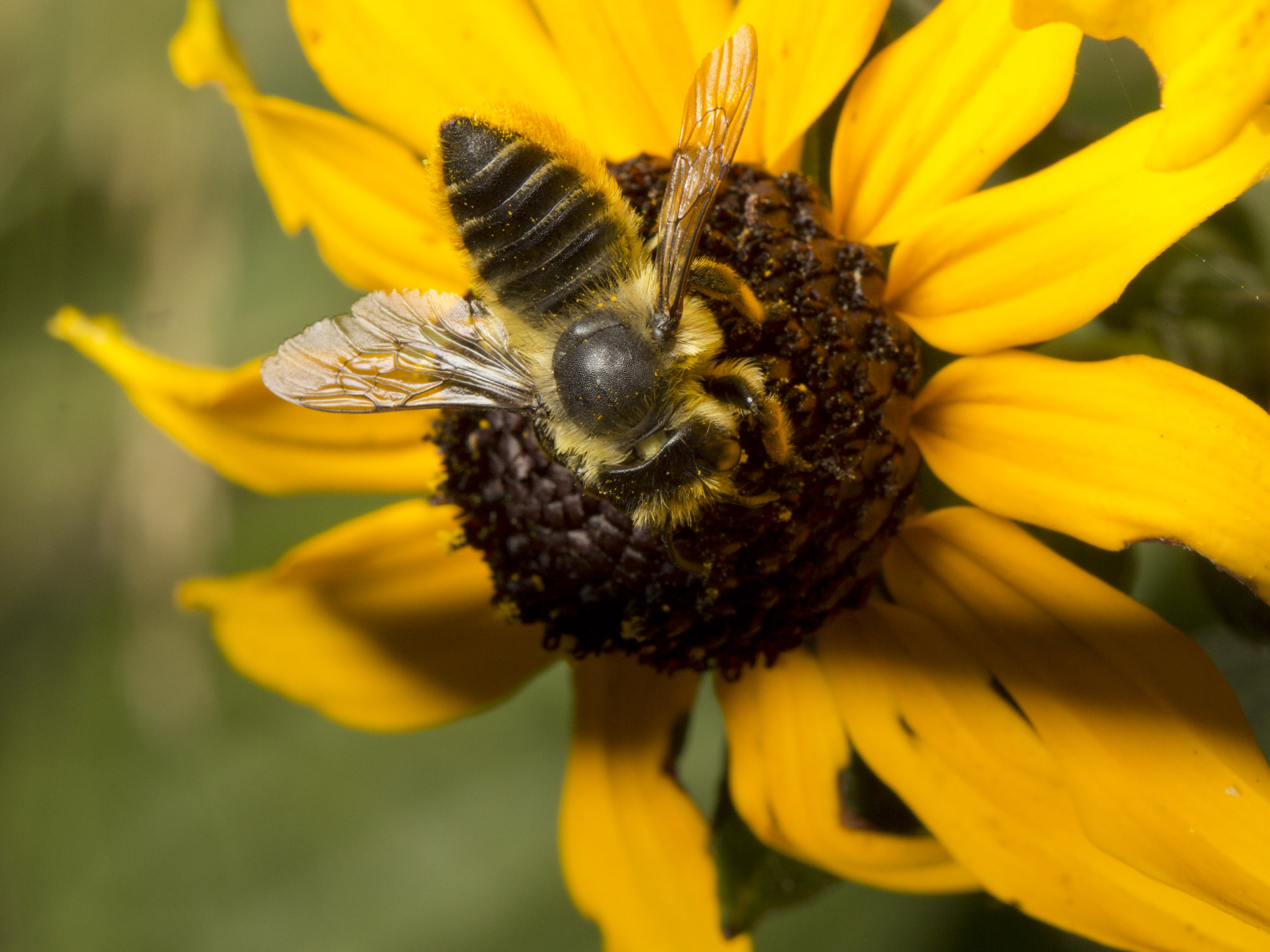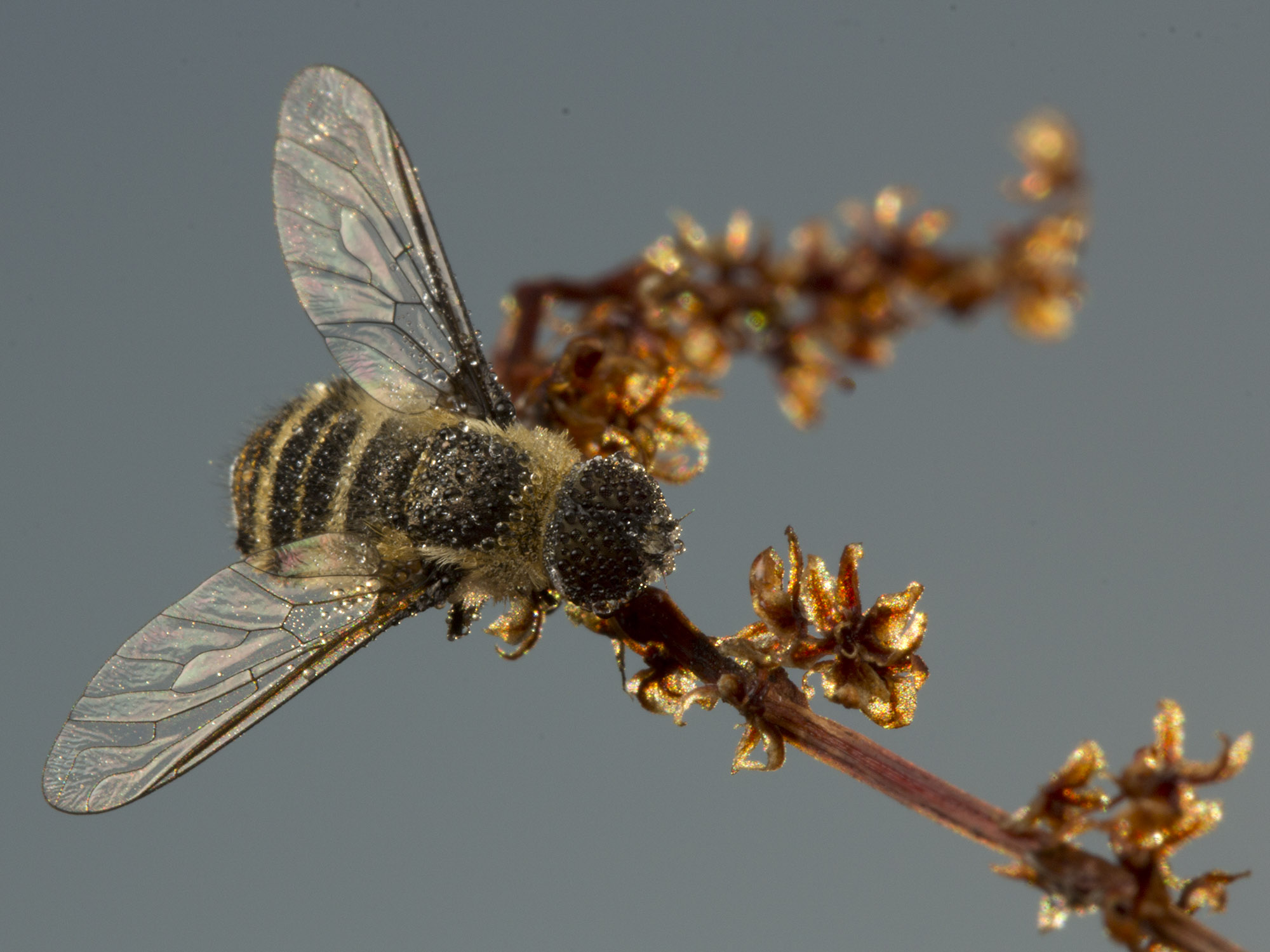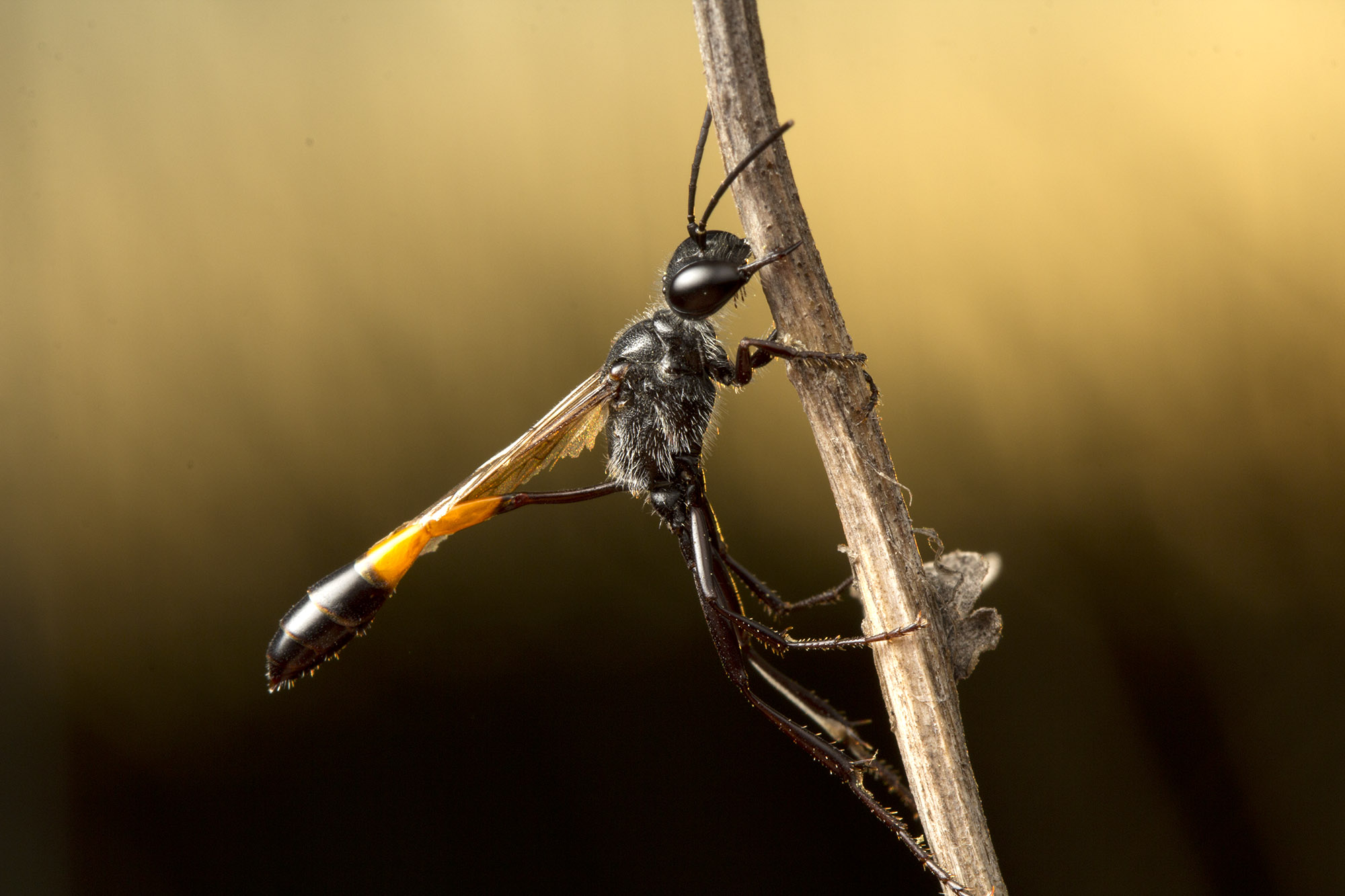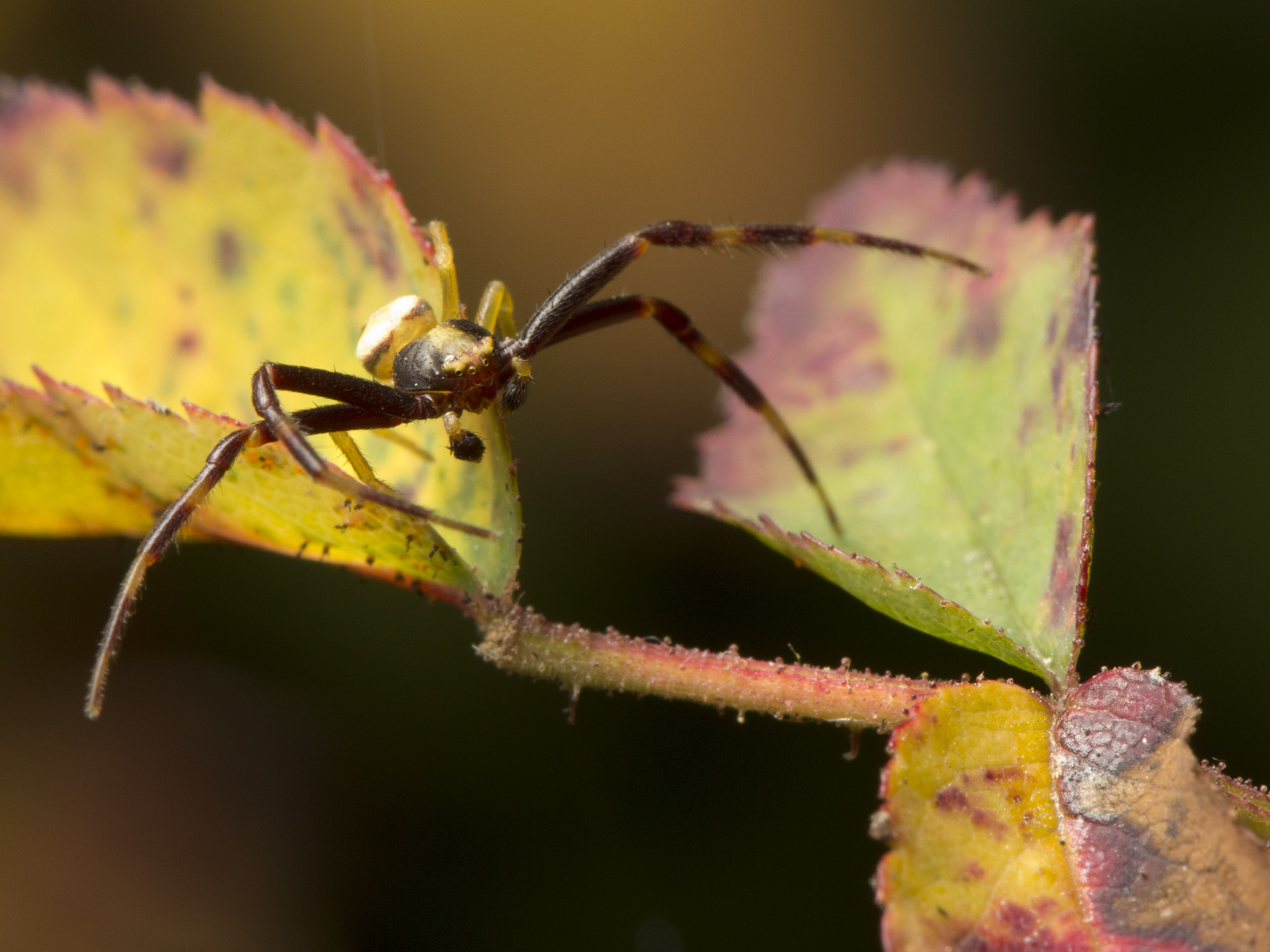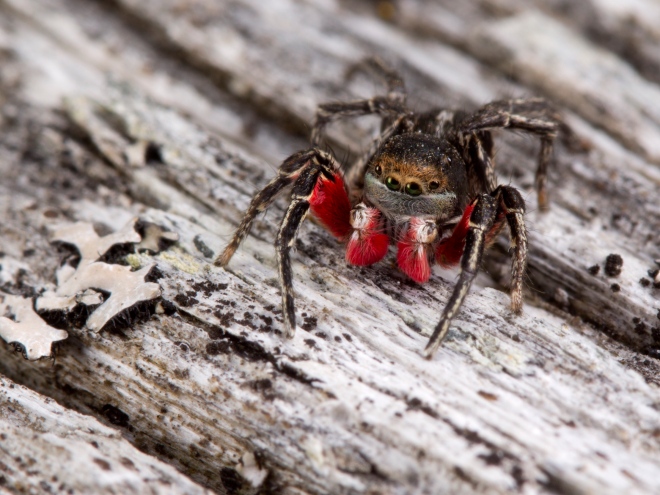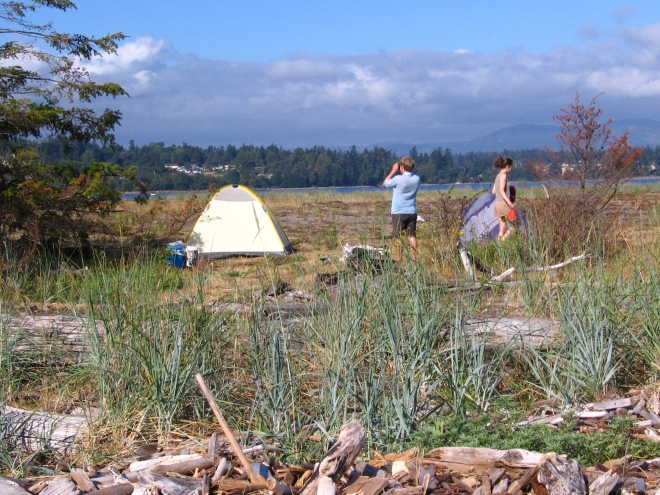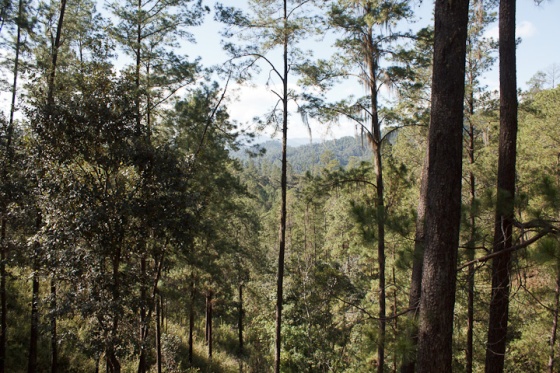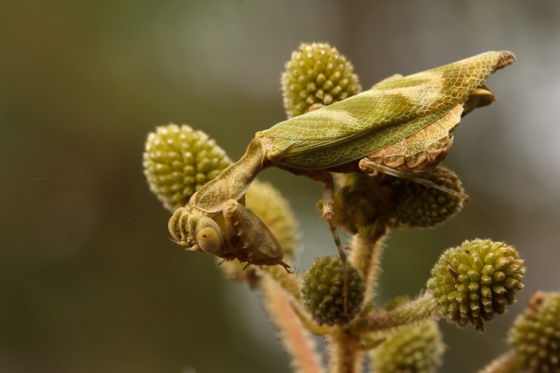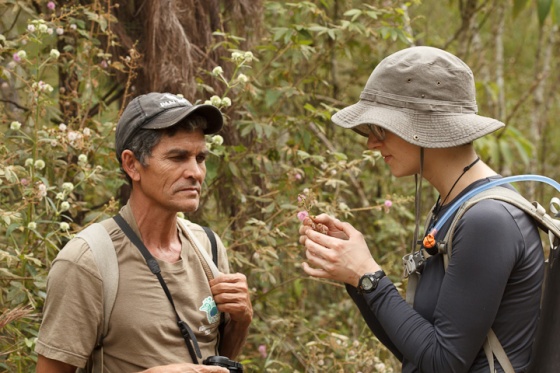
A termite mound on the road to Tom Price, Western Australian. A 2014 field trip through the Pilbara with two of the author’s PhD students, Jake Coates and Holly Caravan (not the first trip to Australia for any of them)
A Canadian Entomologist in Australia (it has been done before, I am sure, but here are my two cents. Or, should I round that down to zero or up to 5 cents?) Okay, new title: My five cents
Guest post by Tom Chapman
I have introduced many Canadian students to Australian based fieldwork (e.g. Jake Coates). They’ve heard the stories, so they tended to start with some fear of Australia’s deadly denizens. Here is my advice to them woven into some of my personal stories of working in Australia. First, some of the most amazing biologists (professional and otherwise) in the world are Australian. But, do not assume that every Australian you meet is an outback survival expert with excellent knowledge of the local flora and fauna. And get ready; you are going to be teased and fed a lot of nonsense (exhibit A: dropbears).
My first expedition to Australia, the land of perilous animals, was in 1997. I was a graduate student, I knew next to nothing about the southern hemisphere let alone anything about Australia, and I was traveling on my own. I was to begin collecting gall-inducing thrips on Acacia. My supervisor, arguably the world’s expert on these insects (sorry Laurence Mound, father of all things thrippy), was to follow me a few weeks later. Why was I going first? I never really knew, maybe my supervisor didn’t want to be seated long-term by my side on cramped airplanes, but I tried not to take it personally. After about 31 hours of traveling, I arrived in Adelaide; well placed at the edge of Australia’s arid zone to begin my search for Acacia thrips.
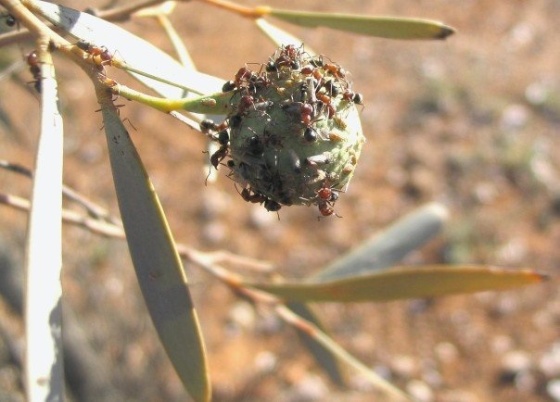
An Acacia thrips gall covered in aphids and tended by ants (2007, near Fowler’s Gap, NSW)
A very generous and outgoing student, among the research group at Flinders University that was to host me, volunteered to pick me up at the airport. It was a two hour round trip for her, so I was grateful and indebted, but she seemed to have no idea how exhausting my travels were for me. During our commute to the University she was non-stop questions and instantly personal. What were my dreams and aspirations? Did I prefer to sleep with men or women? How many times had I had my heart broken? My brain was so clouded with exhaustion that I couldn’t deflect this assault or form coherent replies, the latter of which didn’t seem to matter to her. When we parked at Flinders, we were confronted by a long flight of cement stairs leading to the biology building. I lagged well behind on our ascent, but here is when I uttered my first ignorant and anxiety-motivated question during this visit: Should we be worried about redback spiders? She came back down the stairs and told me that while having lived her entire life in Adelaide she had never seen a living specimen of that species. I pointed down and past her foot and I said, “I think that’s one”. She took a look and she agreed: it was a living redback spider. We continued up the stairs, but I was baffled. How had this woman, so unaware of this deadly spider species, survived to adulthood? Anyway, one hour after arriving in Australia I had escaped injury during this my first deadly Australian animal encounter.
Over the next few days my jet lag receded and I started to get to know many more of the students among my host group. I knew I was making strong personal connections when during a trip to the campus bar one student informed me, “We thought you’d be an asshole”. After asking a few questions, what I think he was saying was that having met my supervisor the year before, that by association I would share many of his qualities. I don’t agree with this person’s opinion of my supervisor, but is there evidence of personality associations between students and supervisors? I leave you, the reader, to ponder that question, and I know that for some of you it would be horrifying if there were positive evidence on the subject. Another indication that I was making connections that afternoon was that I was also invited to join a group to watch a Cricket test on TV. I didn’t admit it at the time, but I thought Cricket was a game that died out a century and a half ago. I can’t have been the only Canadian that is embarrassingly ignorant of the fact that there are well over a billion people that are obsessed with this game. And for those that are aware of the vibrancy of Cricket, and think very little of me now, I want you to know that I became a fan. For instance, I know who Sir Donald Bradman is and I even lived a few blocks away from Centennial Park Cemetery and was present when his ashes were interred there. If you want to impress South Australians in particular, look up “The Don” and memorize a few of his batting statistics, you’ll win over some hearts.
However, this initial introduction to Cricket was painfully dull for me despite my host’s encyclopedic tutorials on rules and traditions. Several times I tried to engage the group in conversational topics other than Cricket. These efforts failed until I asked about swimming locally and the potential for being attacked by sharks. Admitting any anxiety about these dead-eyed predators to a group of Australians is somewhat like the popular notion of adding blood to the water on the behaviour of a shark. Everyone in that lounge room broiled with horrendous attack stories for me to hear. It was hard to keep track, but I think there were at least three people this group knew of directly who had been bitten or killed. When they had clearly shaken me the group switched to trying to assure me that swimming was safe – Listen mate, you have more chance of being struck by lightning. I asked the group to tell me some stories of people they knew that had been struck by lightning. They didn’t have a one! I am not suggesting that means that shark attacks are more common; instead I think it means that lightning strike stories just don’t hold the attention of visitors to Australia. Therefore, there isn’t the same temptation for locals to retell, confuse some details and exaggerate these stories. I have seen other visitors tormented the same way as I was. It seems cruel. We really are worried and have deep fears about shark attacks. Why is that not apparent to our hosts? I think I gained some insight years later when I moved to Adelaide and naturalized (my family and I became CanAussies). A neighbour asked me how, when I lived in Canada, I had the courage to leave my house. I thought they were referring to Canada’s cold winter weather, but instead they meant the bears. Doesn’t that sound ridiculous? Even Canadians that live in bear country would find that ridiculous – Listen mate, you have more chance of being struck by lightning (I’m strategically leaving Churchill, Manitoba out of this discussion). My point is that Australians see our fears as absurd so teasing us doesn’t seem so wrong.

The author’s children during a 2003 camping trip to the Flinders Ranges of South Australia.
Australians might have sharks in perspective, but not everyone you meet there knows the bush like a Mick Dundee. Australia is more urbanized then Canada (89.2 % versus 80.7 %). And, among the general population there remains significant fear and ignorance of the wildlife on their Island Continent. Turning again to the deadly redback spider, another neighbour in Australia was using these nifty rake/gloves to bag yard waste. Imagine The Wolverine with webbing between his claws. A redback climbed out of the dried leaves pinned between the gloves and crawled on to the back of my neighbour’s hand and bit him. He told me later that the pain was immediately blazing hot and he was terrified that he would die. That is not what is commonly reported; the bite is usually described as a mild sting with pain sharpening 20 to 40 minutes later. He screamed, got the attention of his wife and she rushed him to emergency where the highly competent staff there encouraged him to ice it, monitored him for a little while and then sent him home. What, not instant death? There is an antivenin but it is not always administered, and there hasn’t been a death due directly to a redback bite post 1956 (when the antivenin was developed). We found a redback in the pouch on the front of my daughter’s bicycle, one in the door of our car, and one under the last step of the spiral staircase in our house. I played volleyball once a week at a sports complex and if our game was the last of the evening we had the job of taking down the nets and turning off the lights. One night a teammate noticed that there was a redback in the light box. He warned us that they can jump two meters and that we needed to stay back. Nonsense. Enough was enough. I stepped up and reached in and turned off the lights. I am certain that this spider was grateful; the dark brings out her preferred prey and it certainly wasn’t volleyball players. While living in Australia, these spiders were a constant in my family’s lives and none of us were ever bitten. It was now easy to imagine how the unobservant woman I mentioned at the start of this piece survived her childhood and adolescent years.
It is now almost two decades that I have been conducting fieldwork in arid Australia. The only animals that have caused me any harm have been ants, it was on that first trip to Australia and it wasn’t that bad. By this time my supervisor had arrived in Australia. Along with an Australian student, my supervisor and I drove from Adelaide to near Brisbane and returned to Adelaide. The trip took us 10 days and we covered over 5000 km, much of it on dirt tracks. We kept the air conditioner off to save fuel and we had the windows down. The work was hot and dusty. I wanted to be seen as a hard working student. I didn’t want to show any weakness on this trip, but by the sixth day late in the afternoon a wall appeared and I ran right into it; I had squatted down in front of a small Acacia bush and was staring blankly through the foliage. I hoped that it would appear that I was still looking for thrips galls, but I was really pretending that I was anywhere but in that desert. So I didn’t notice that several hundred bull ants had crawled up over my boots and socks until they started stinging me. I whooped and leapt around while slapping myself with my hat, and just as I settled down a flat bed pickup truck, off road and appearing to come from nowhere, drove slowly (a trot maybe) past me. There were four people in the cab, two on the cab, two on the bonnet and maybe eight people on the back. In the middle of the eight was a very large and dead red kangaroo: a big boomer. Even though the truck was only meters away, no one made eye contact with me as they past except for a little kid that beamed me a beautiful smile and waved the Kangaroo’s front paw. All these years later that moment remains my most favorite, stings and all.
We took a family vacation to Alice Springs in the Northern Territory. It was a three-day drive up from Adelaide, tough to do with little kids. We had only two children’s music tapes, so we heard the tapes a dozen times each. One tape was by the Wiggles. It was the one where the Wiggles ask Steve Irwin (the Crocodile Hunter) a question about an Australian animal, like can emus fly? After Steve answered them the Wiggles would then sing a song about that animal. After we heard this tape five times my five-year-old sounding very exasperated bellowed, “Those Wiggles don’t know anything about Australian animals!” To be fair, they probably do know something, and I would say that just like hiking through Canada’s bear country it helps to have a little knowledge about the local wildlife to stay safe. But, fear and ignorance have no place. While traveling in Australia, if you still get talked into putting forks in your hair to ward off dropbear attacks, well then there is no helping you.





 Most of the weevils we find in raspberry and strawberry fields in the Fraser Valley of British Columbia (BC) are nocturnal, so you would be hard pressed to find adult weevils without venturing out at night with your headlamp or flashlight. However, in 2019 a curious small black weevil was observed during the day in a backyard raspberry patch in Abbotsford, BC.
Most of the weevils we find in raspberry and strawberry fields in the Fraser Valley of British Columbia (BC) are nocturnal, so you would be hard pressed to find adult weevils without venturing out at night with your headlamp or flashlight. However, in 2019 a curious small black weevil was observed during the day in a backyard raspberry patch in Abbotsford, BC.
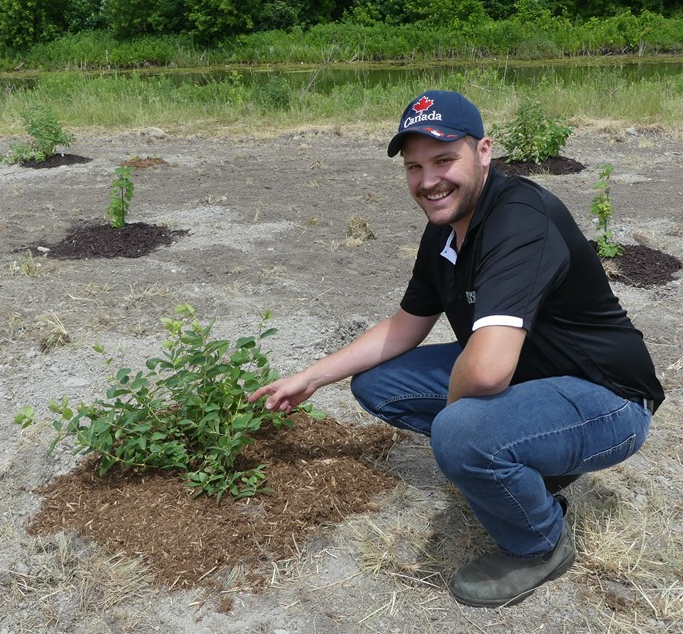


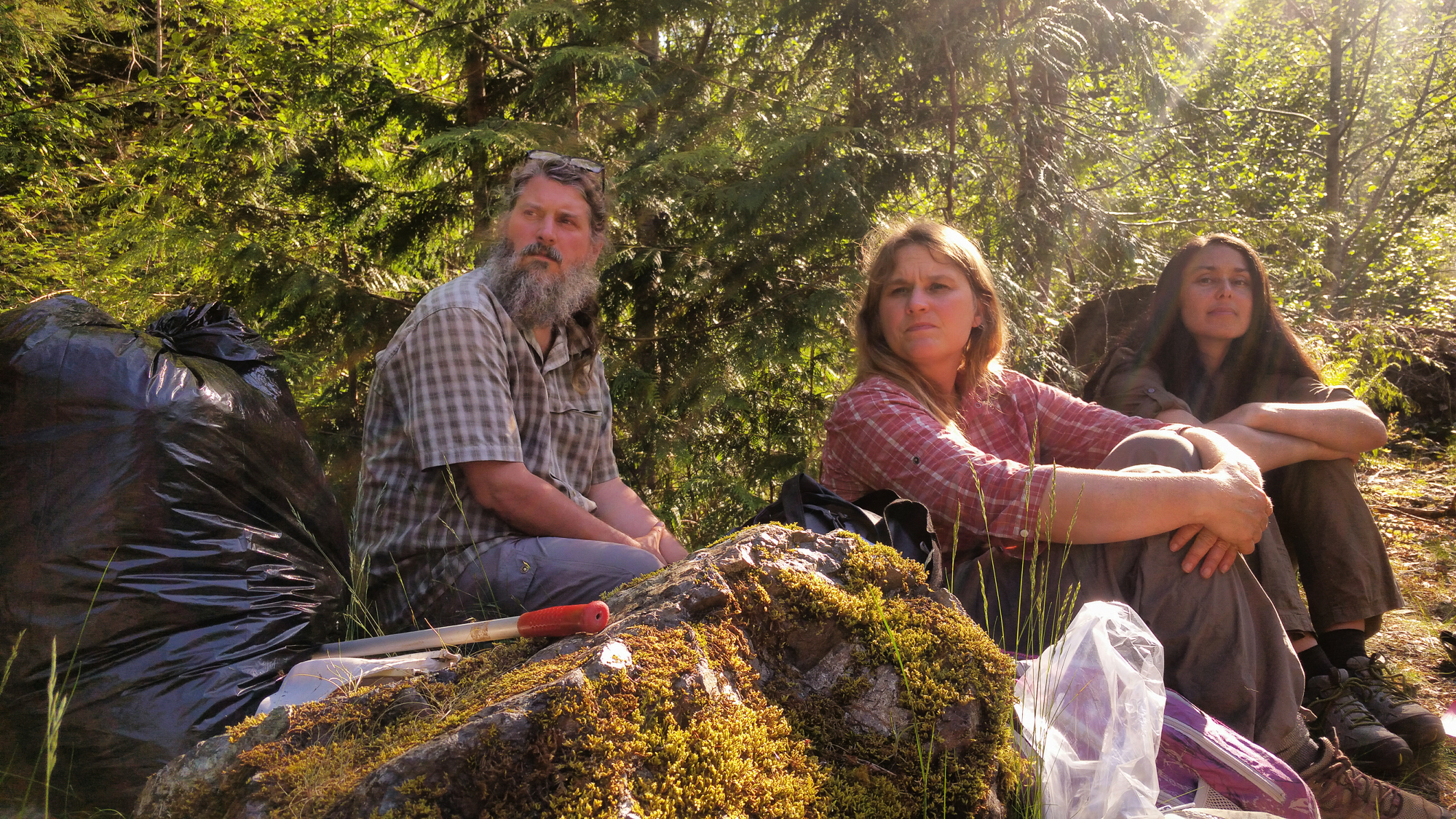
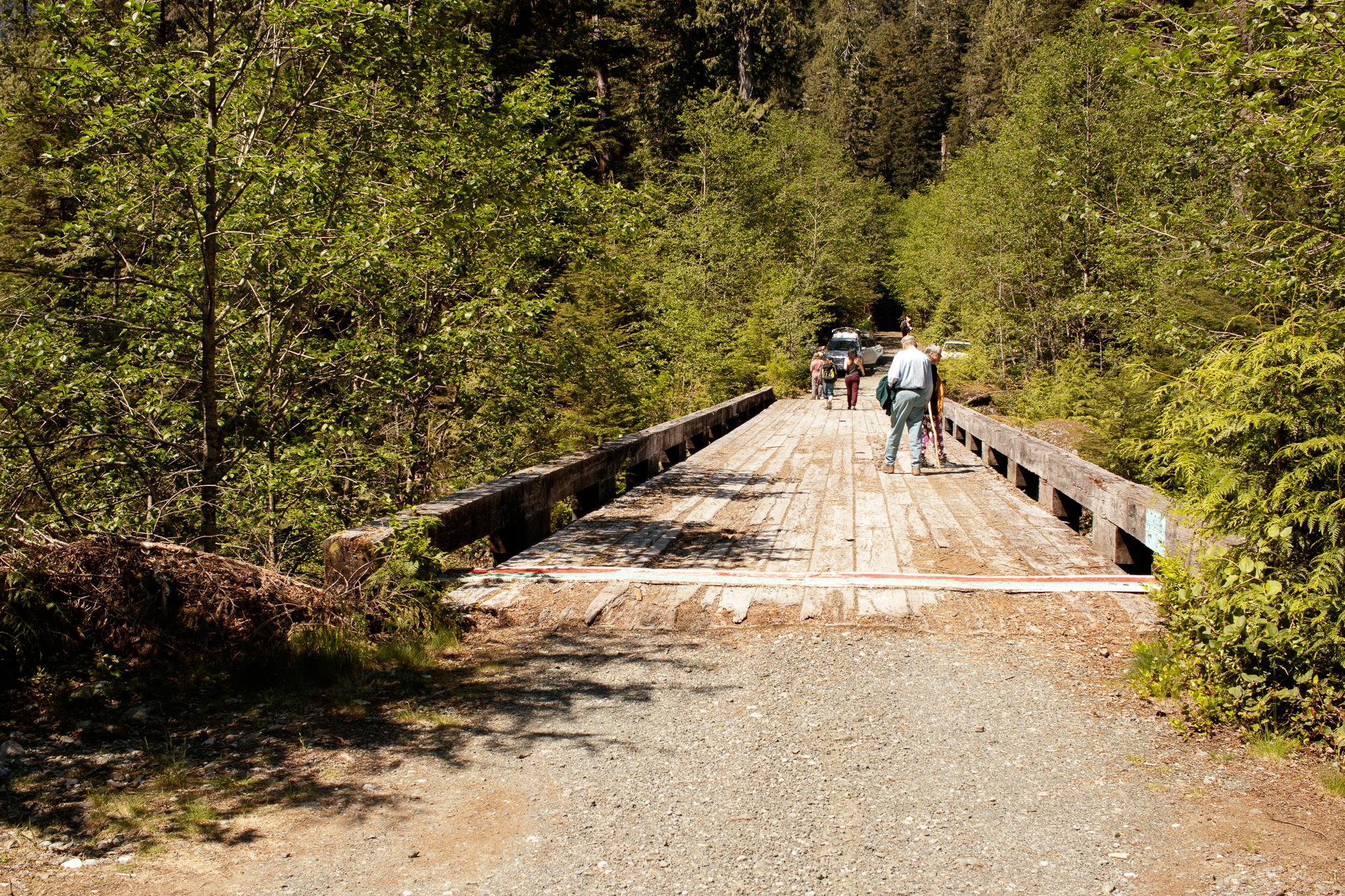 2. Pacheedaht elder Bill Jones walks across the Bridge to Nowhere
2. Pacheedaht elder Bill Jones walks across the Bridge to Nowhere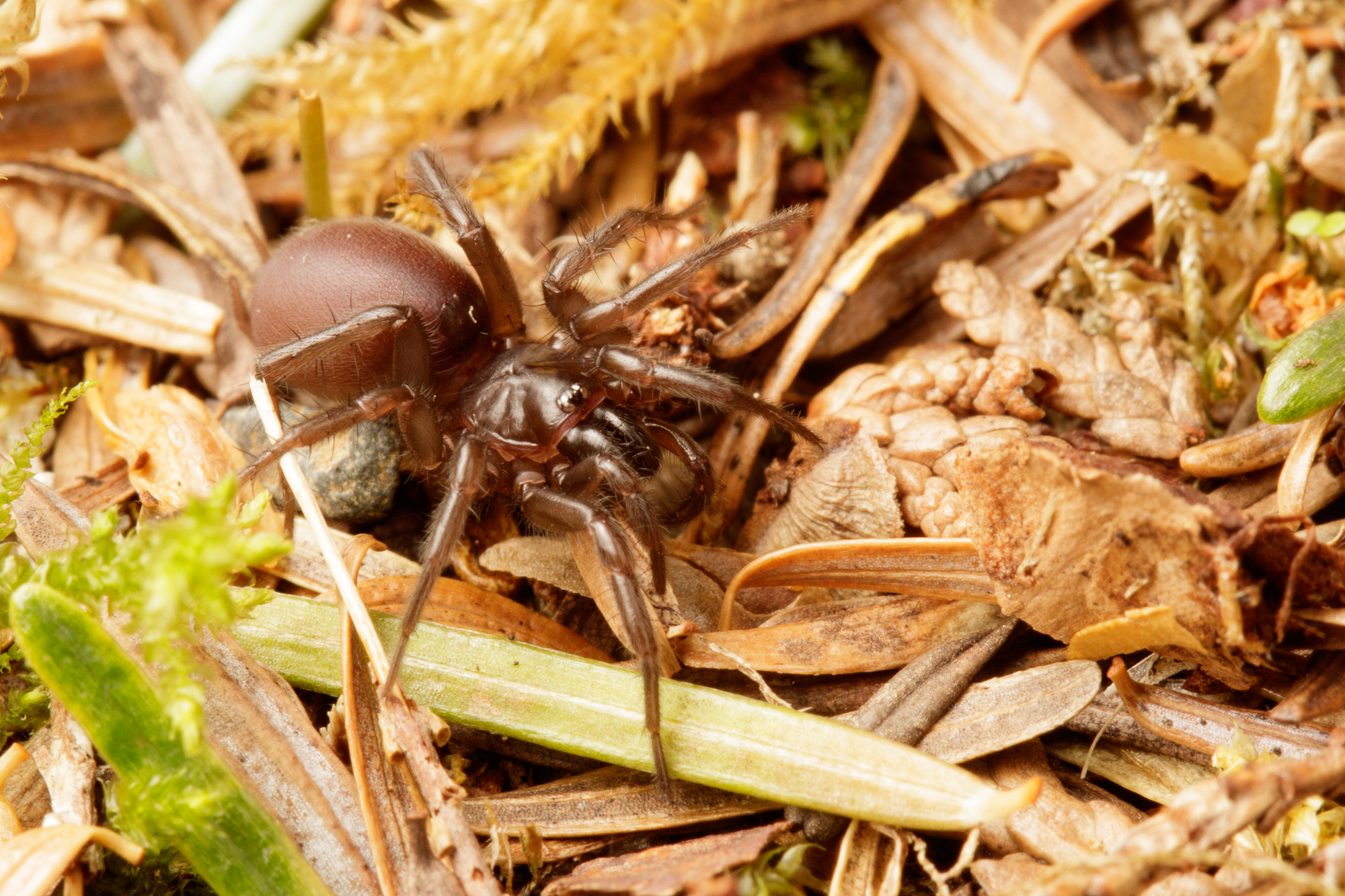 3. Hexura picea, a tarantula relative, brought out of its underground silk tunnel complex for a photo shoot.
3. Hexura picea, a tarantula relative, brought out of its underground silk tunnel complex for a photo shoot.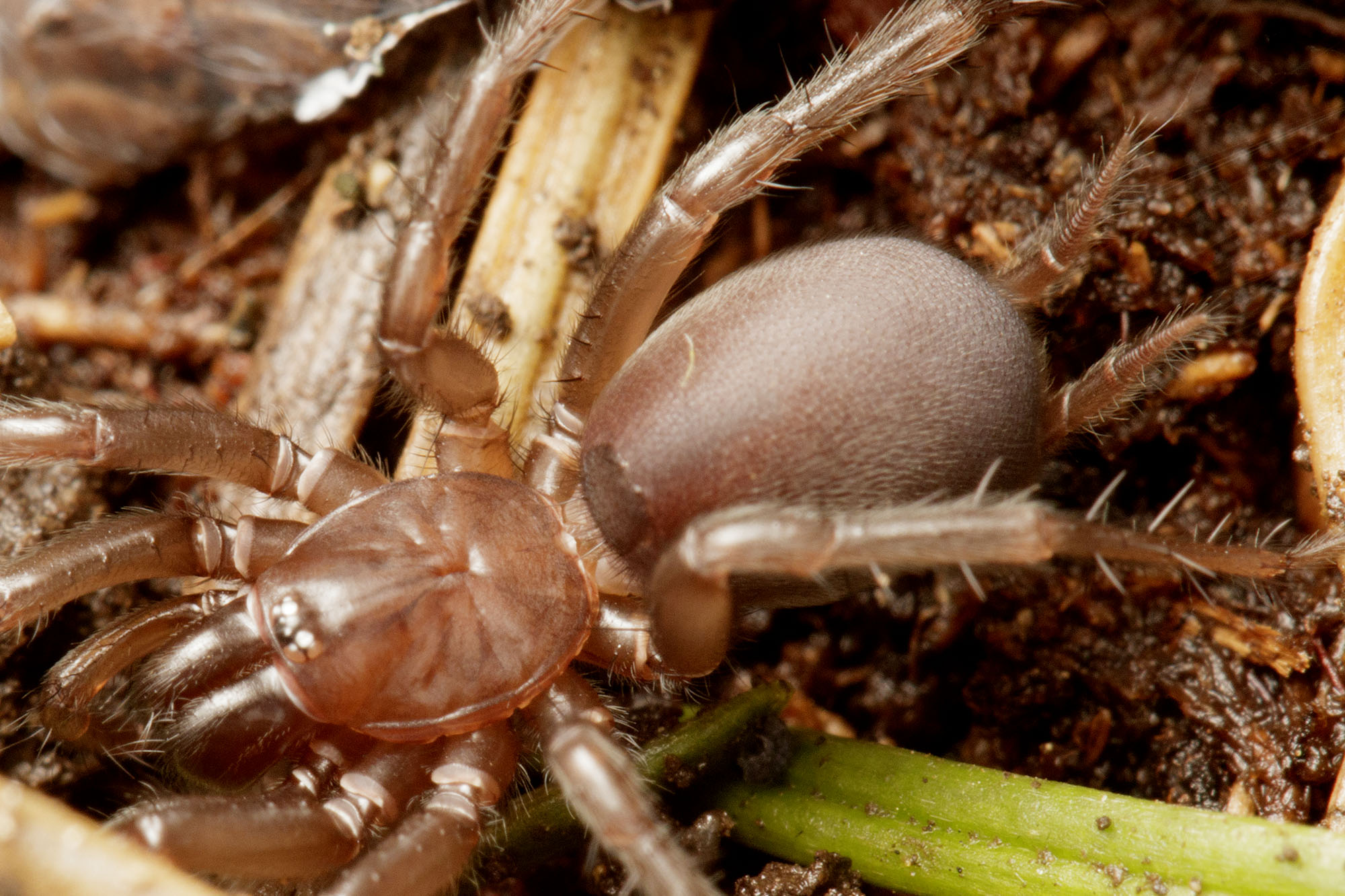
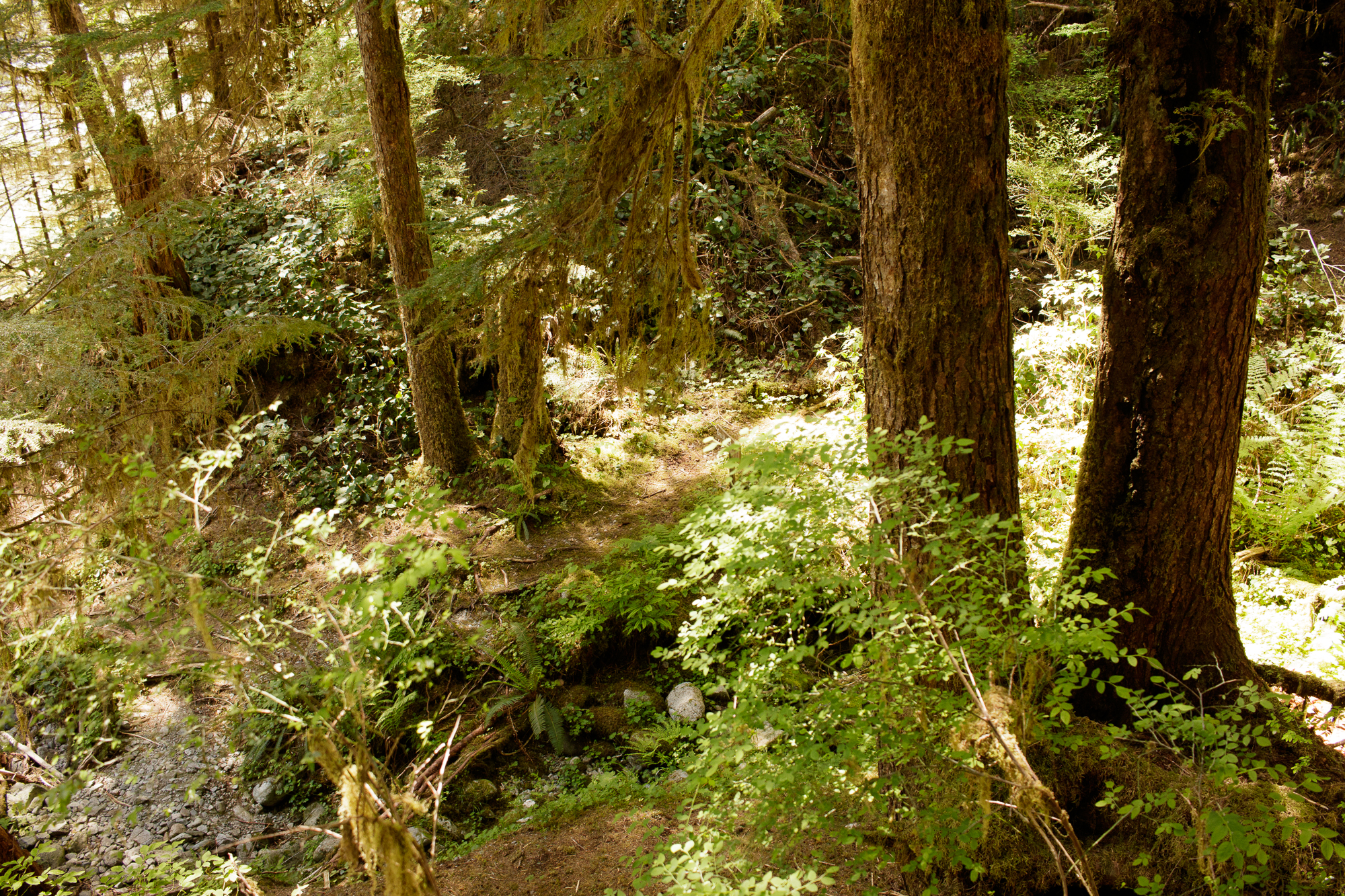 4. Erosion is a gentler process in a forested valley, with trees holding on to what would be a talus slope higher in the mountains. The soils beneath these trees support an extensive food web.
4. Erosion is a gentler process in a forested valley, with trees holding on to what would be a talus slope higher in the mountains. The soils beneath these trees support an extensive food web.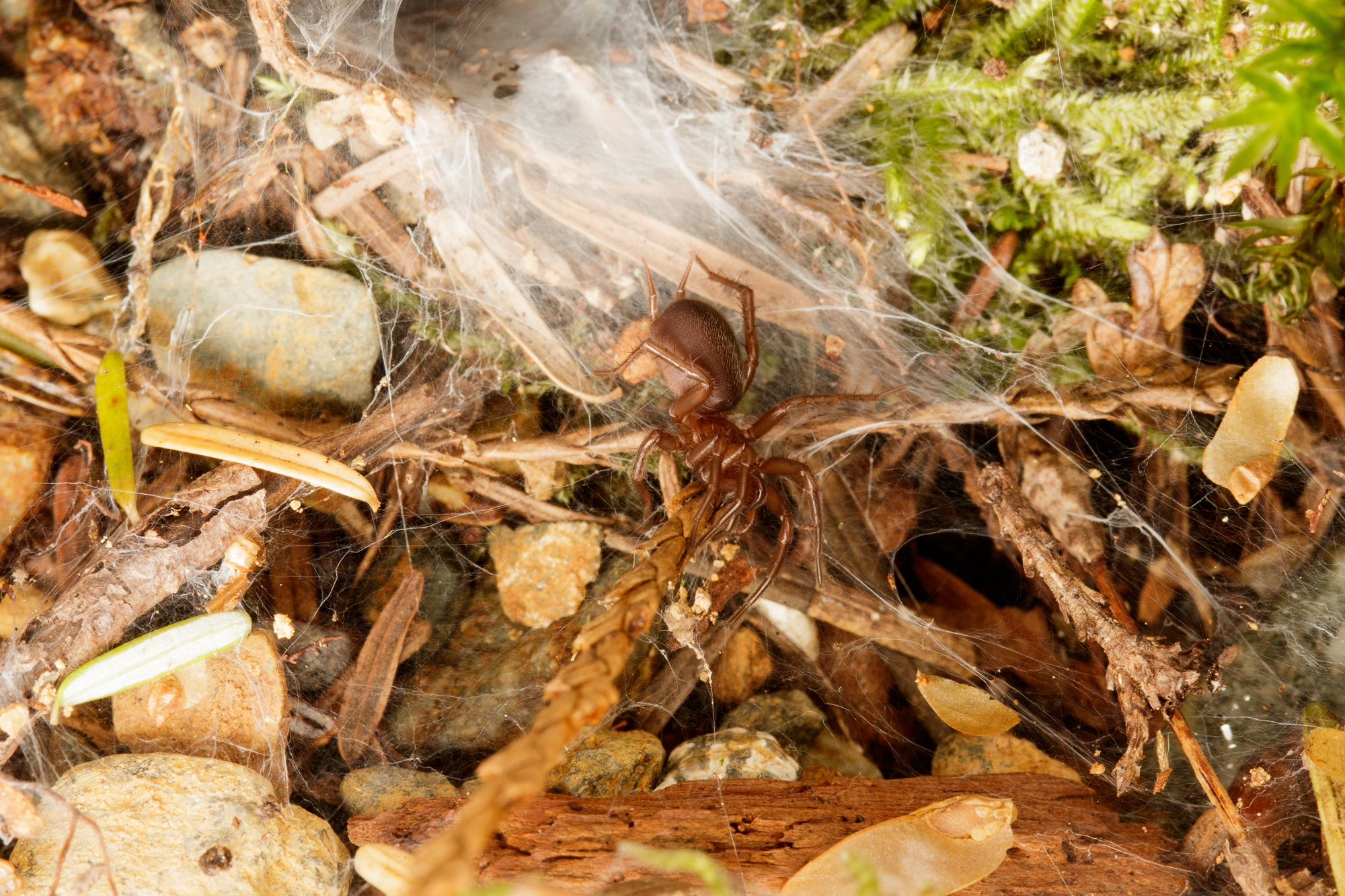 5. Hexura picea emerges from its silken tunnel and onto its “doormat” to “kill” a vibrating cedar twig.
5. Hexura picea emerges from its silken tunnel and onto its “doormat” to “kill” a vibrating cedar twig. 6. Darren and Claudia picking up pan traps beside the Malaise flight-intercept trap.
6. Darren and Claudia picking up pan traps beside the Malaise flight-intercept trap.

